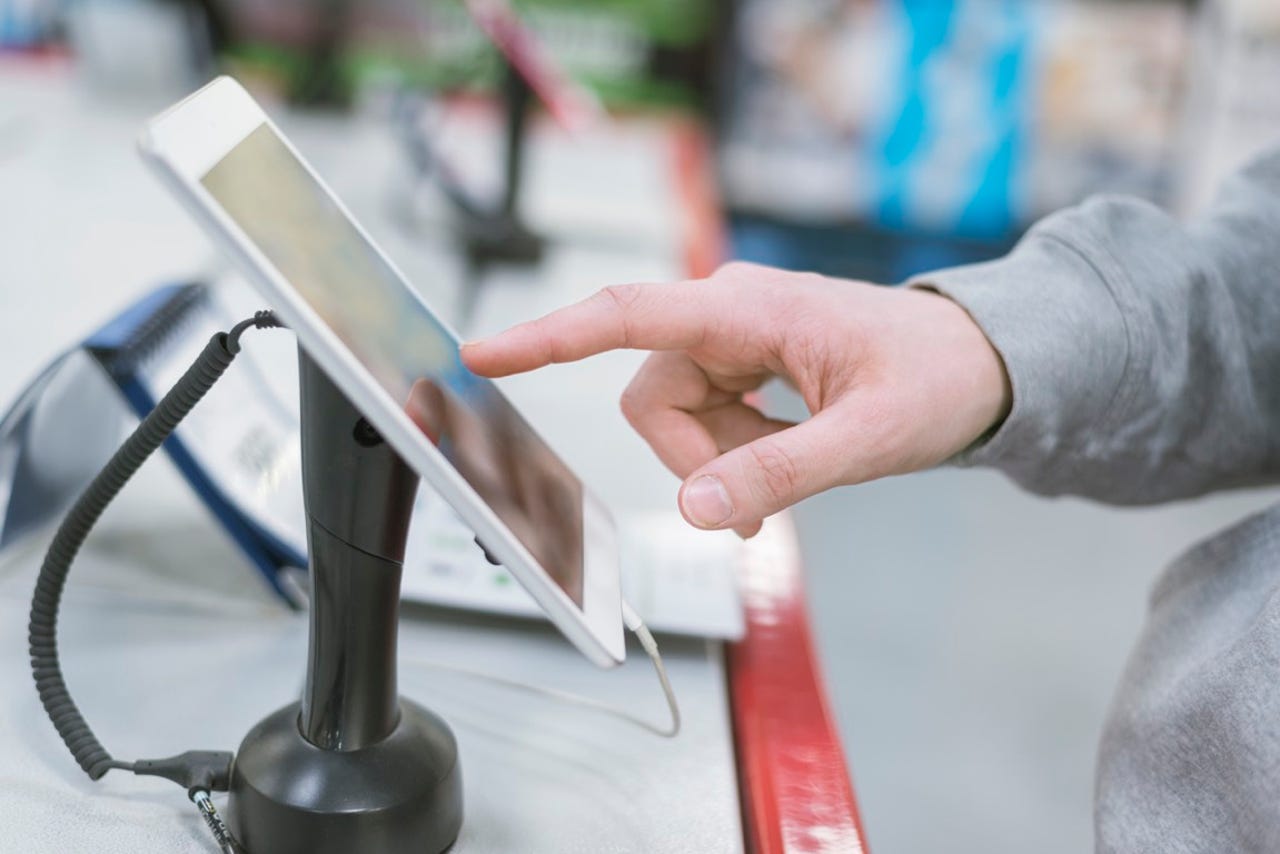Understanding the dichotomy between single-use and multifunctional tablets


Tablets haven't turned out to be the laptop-killers that some projected they would be, but they have still proven useful. This is especially true in the enterprise, and among professional users, who are using tablets to get work done in new ways.
Organizations from retail to major manufacturers are using tablets in their everyday work. And in addition to standalone tablets, hybrid 2-in-1 devices like Microsoft's Surface Pro are also gaining traction.
SEE: Mobile device computing policy template (Tech Pro Research)
While there are plenty of niche use cases and special situations, most tablet use can be broken down into two categories: enterprises typically use tablets as single-use devices, running one particular app exclusively, or as a multifunction tool. Let's examine these in detail.
Single-use tablets
Single-use doesn't mean that the tablet itself only offers one feature or tool; rather, it's that the enterprise only uses it for a specific application. Examples include: a retail storefront that only uses a mobile point-of-sale system like Square; field workers using an e-signature app to have clients sign documents; or a tablet used as a digital sign or reservation system.
"Companies have been developing a lot of task-specific apps -- that takes some time. And, it gives them a chance to use a device with a lower cost of ownership than a traditional PC," said Chris Voce, a vice president and research director at Forrester Research.
When managing single-use tablets, the first thing to figure out is how to secure it. Starting with physical security: if the device will be used as a digital sign, for example, you might consider using an enclosure that hides its buttons and ports.
Many tablets primarily use wi-fi, which means that network security and segmentation should be addressed so you know exactly which part of the network the device is running on. Policies should be in place to clarify exactly which app can be accessed, and by whom.
In theory, it's easier to manage devices running a single application than it is to look after multifunctional tablets. Permissions will be simpler to determine, as everyone will be looking to access just one app. According to Sean Ginevan, senior director of strategy for MobileIron, when Android and iOS tablets are running in this mode, the hardware is "locked down to only the functions needed to execute a business workflow."
So, if you want to be as safe as possible, use a mobile device management (MDM) solution to lock down every aspect of the device that's unrelated to the app.
When your enterprise is considering a mobile strategy involving tablets, it's important to note the differences that come with forcing everything through one app.
"Enterprises that choose to combine multiple functions into an app workflow should be cognizant of the UX and agility tradeoffs trying to get multiple functions into one application," said Ginevan.
Multifunctional tablets
A multifunctional tablet is any tablet that's used in more than one way. This does complicate things for IT in terms of manageability and security, but it also opens up much more functionality and potential for productivity.
Of course, standard email, presentation, and proprietary apps all constitute typical multifunction tablet use. However, there are certain other horizontal cross-industry use cases where a tablet is used, not as a replacement for, but as a complement to a PC.
"If you think about scenarios where someone is engaging with a customer and they want to remain engaged with the person, but also be able to either share information or collect information more easily -- a use case like that transcends industries," said Voce.
Consider a doctor or nurse with patient, or an employee in retail store. Using a tablet allows for more personal interactions between individuals than a desktop PC does.
A multifunctional tablet needs more complex management and security than a single-use tablet. A Windows 2-in-1 can be treated just like a regular laptop, while Android and iOS devices should be managed and according to company policies, using EMM, MDM, and/or MAM solutions.
SEE: Photos: The 12 best tablets for business users in 2016 (TechRepublic)
As you consider how open you want your business's tablets to be, you must first determine the intent of the work. According to Voce, tablet-based work falls into one of three categories: consumption, transaction, and creation. Businesses who think they may be able to get by with a single app should consider all the different functions, and also the usability associated with each one.
"Generally, even a single-use tablet may serve multiple functions with separate applications and workflows," Ginevan said. "In retail, I might build out separate apps for stock/SKU management, point of sale and customer management, and cataloging. These can each require different user experiences, particularly in a mix of enterprise and B2C workflows, to be optimal, so it can be easier to deploy each as a separate app."
IT leaders need a deep understanding of the workforce and the kind of work they do, and also their behavior and needs, before they determine whether to approach tablets as single-use devices or multifunctional tools.
Also see
- Five great keyboard alternatives for Android tablets (TechRepublic)
- 10 advantages Windows 8 tablets have over the iPad and Android (ZDNet)
- 10 tips for syncing Outlook with mobile devices (TechRepublic)
- Best Windows, iOS, Android and Linux tablets of 2016 (ZDNet)
- Google's mobile web report card: Free tool tells if you fail the test (TechRepublic)